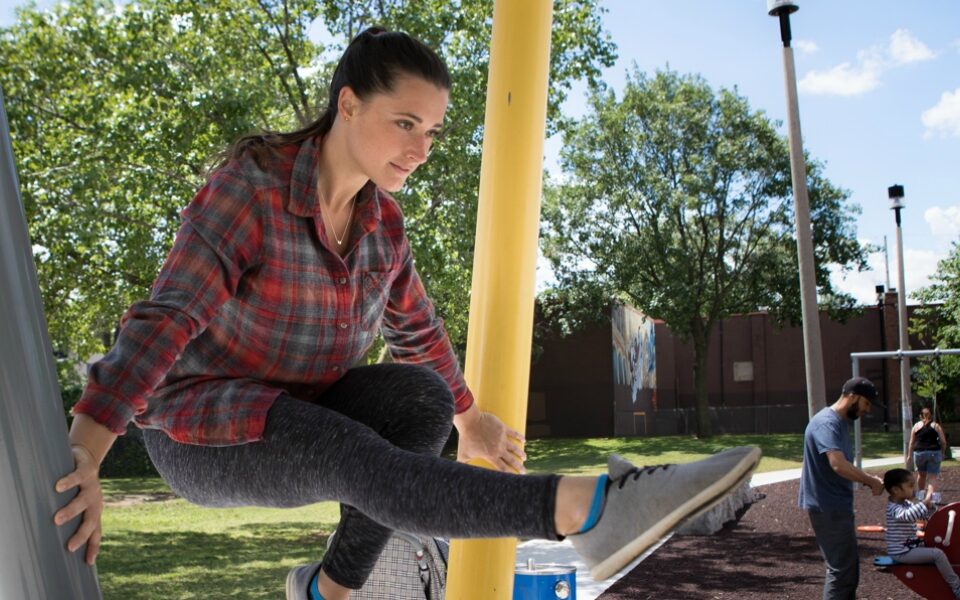October 13, 2018
Why Manouso Manos Was Suspended: Meeting Notes and Internal Yoga Journal Communications from 1989/90
The faculty meeting notes show that a motion was tabled to suspend Manos indefinitely from all teaching responsibilities at the Institute. It passed. Manos was also removed from "assessments", "India selection", and from his advisory role to the 1990 San Diego convention. Manos attended the first part of the meeting and admitted to having a sexual relationship with a student over four and a half years. The notes record that Manos said he was seeking psychiatric help.



